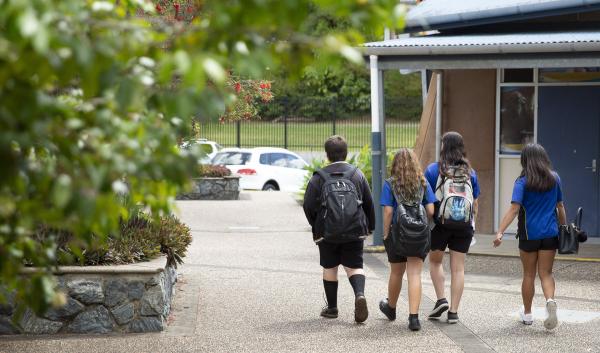By Alesha Capone
A statistical snapshot of Wyndham has found the municipality ranks among the highest in the state for some categories of youth disadvantage.
The Public Health Information Development Unit (PHIDU) at Torrens University recently released an online population health atlas for towns and suburbs across the nation, with data from 2016 onwards (www.torrens.edu.au/blog/new-report-reveals-health-and-socioeconomic-inequalities-of-australian-children and phidu.torrens.edu.au/current/maps/sha-topics/child_youth/lga-single-map/atlas.html).
PHIDU director Professor John Glover said there were “some areas of concern, reflecting poorer outcomes now and across the life cycle” in Wyndham.
This included that 21.6 per cent of children (13,796 in total) in Wyndham are living in low-income, welfare-dependent families.
“Wyndham has the third-highest number in terms of children in this group among local government areas around Melbourne,” Professor Glover said.
Tarneit had the lowest per centage) of kindergarten enrolment in all of Wyndham at 49.7 per cent, and Hoppers Crossing south and Werribee South the highes, 62.7 per cent.
Professor Glover said 4.2 per cent of children aged 15 and below in Wyndham lived in dwellings where the internet was not accessed, which was the sixth-largest percentage in Melbourne.
Family partnerships co-ordinator for The Smith Family in Werribee, Natalie Triffitt, said that a lack of access to digital devices and the internet was “a huge challenge for many of the families we work with”.
“Around one in five of the students who receive support through our Learning for Life program don’t have a laptop or device at home with reliable internet access, which impacts on their ability to do online homework, as well as schoolwork during COVID-19 lockdowns,” she said.
The Learning for Life program supports the long-term education of students by linking them with sponsors from the community who help The Smith Family provide the support they need to stay in school and go on to further studies or a job.
Ms Triffitt said housing affordability issues and a lack of suitable employment opportunities often affected families’ ability to pay costs associated with a child’s education.
“We’ve seen a rise in requests for assistance since the pandemic began and The Smith Family remains concerned with the number of students and families we support who are struggling, some more than at any stage since the first outbreak,” she said.
See www.thesmithfamily.com.au to make a donation to The Smith Family.







